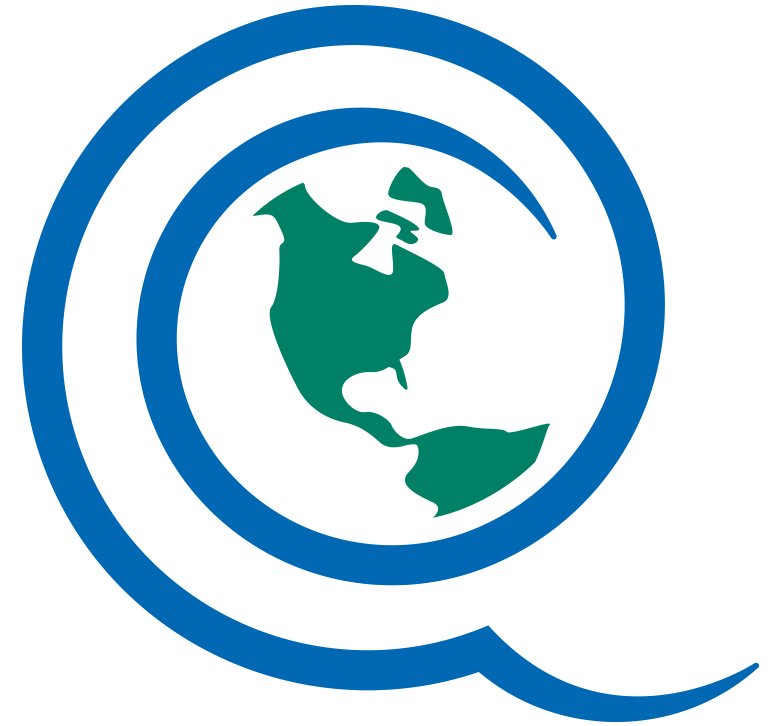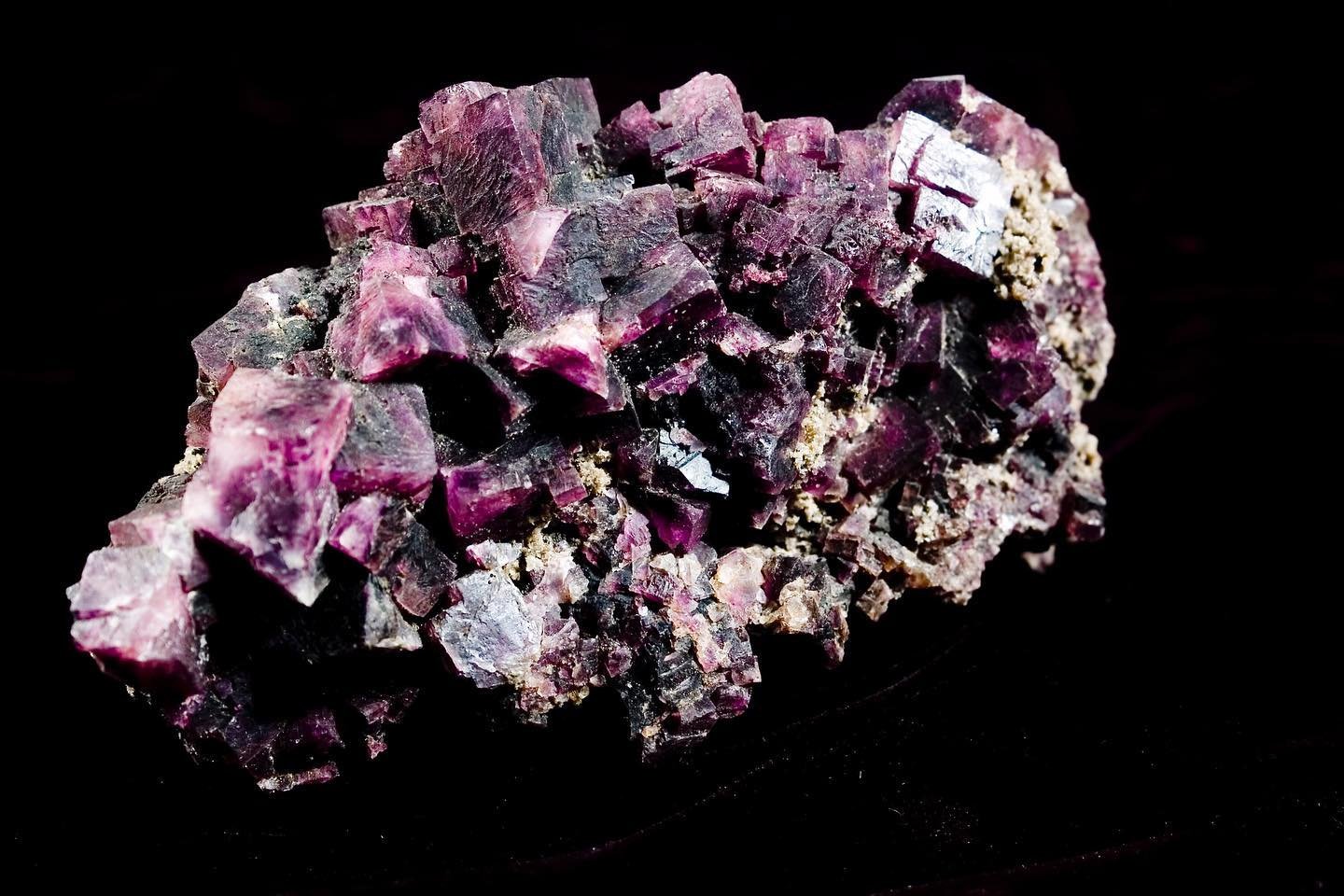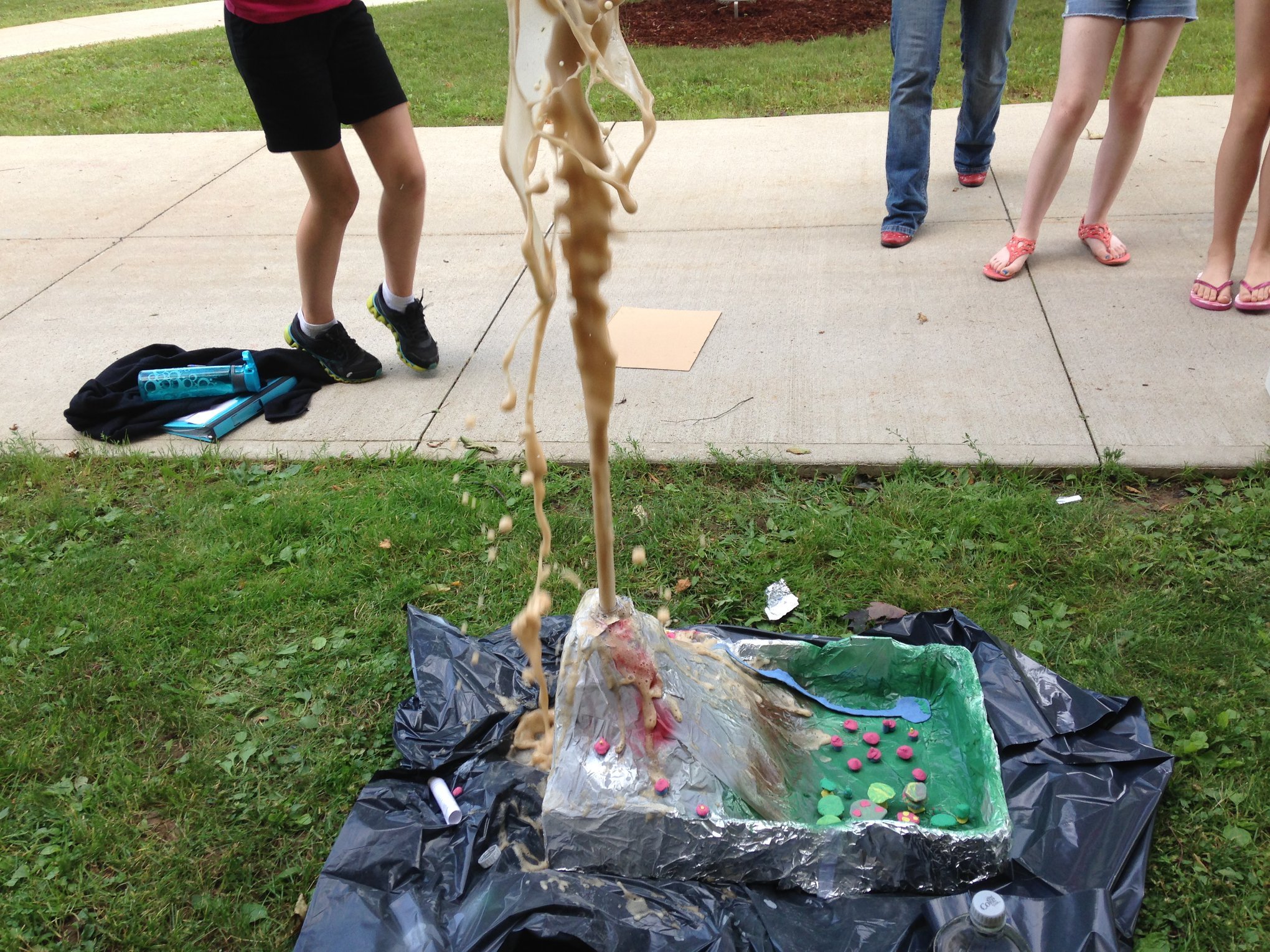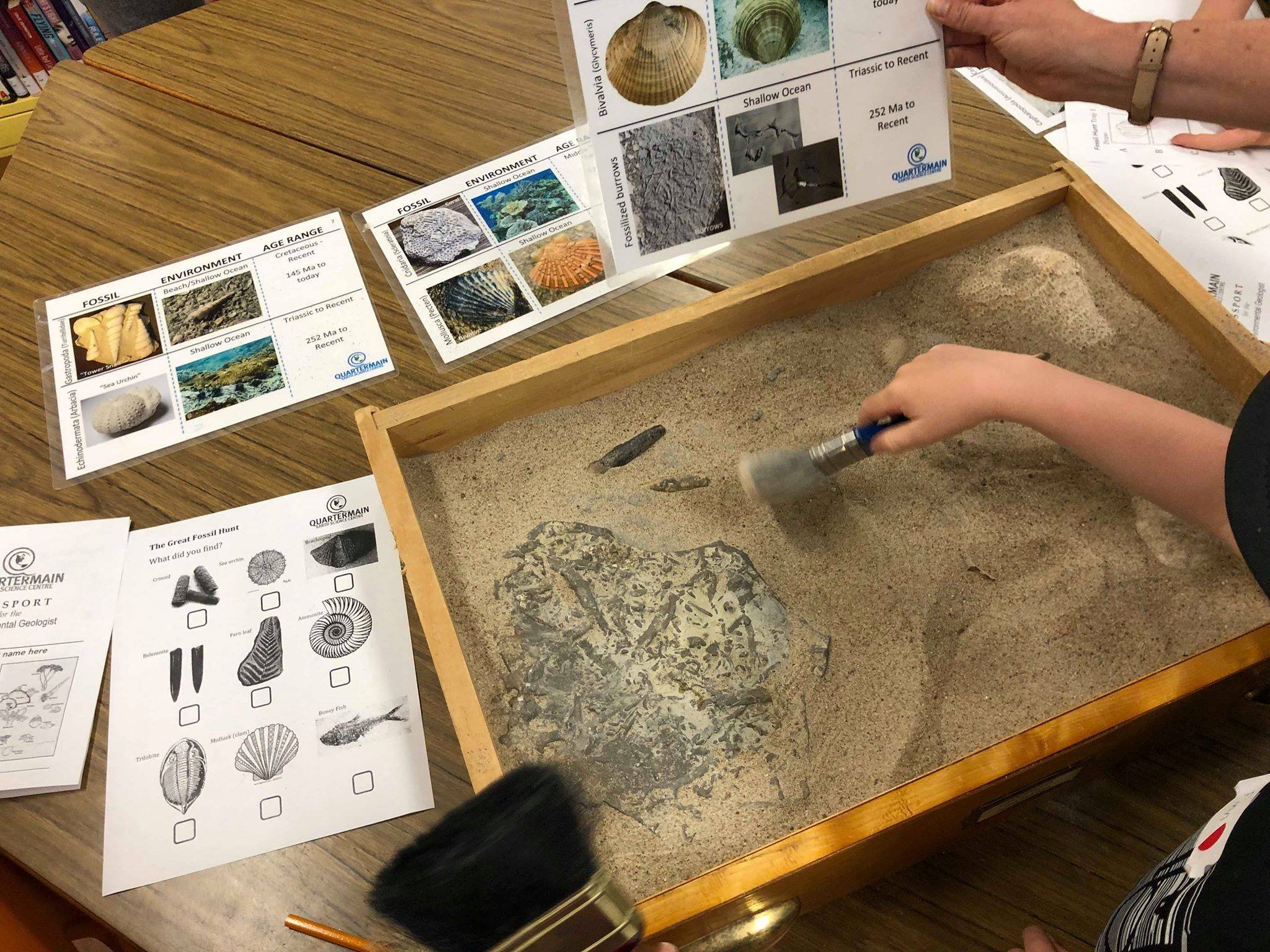Q-ACTIVITIES
Building Blocks of the Earth: Minerals and Rocks
world of minerals
WORLD OF MINERALS (Learn More)
Students explore minerals and their properties from the collection of the Quartermain Earth Science Centre. They observe the properties of minerals through a series of inquiry-based activities. Students learn how to classify minerals and use an identification key. They discover the usefulness of minerals in daily life.
Duration:Duration: 60, 120 or 180 minutes
Academic Level: 4-5 and 6-8, high school
Procedure: After a short lively interactive introduction, students work in small groups as they move through six stations on mineral properties using a self-guided activity sheet. Each station involves short experiments exploring one or two mineral properties. Students complete experiments using minerals and appropriate geological tools.
living the rock cycle
The rock cycle (Learn More)
Round and Round the Rock Cycle. Take a journey through the rocks that make up our Earth. Students learn how to read rocks by exploring magmatic, sedimentary and metamorphic rocks from the Quartermain Earth Science Collections. Students will explore surface and underwater volcanoes, intrusions, mineralized ore, sediment and fossils, and the dramatic metamorphic rocks - how these rocks harbour the secrets of their generation and evolution.
Duration: 60, 120 or 180 minutes
Academic Level: 4-5 and 6-8, high school
Procedure: After a short lively interactive introduction, students work in small groups as they move through the rock cycle: making igneous, sedimentary and metamorphic rocks!
Shake, Rattle and BOOM! Volcanoes & Earthquakes
Critical Minerals, Mining and Resource Development
Mining And Resources (Learn More)
Where does our stuff come from? Students learn about the mineral resources needed in every day life. Students define the mining cycle then ponder the requirements of developing a mine in Canada. Students explore mine operations and the driving economics involved.
Duration: 60, 120 or 180 minutes
Academic Level: 4-6, 6-8, high school
Procedure: After a short lively interactive introduction on the mineral resources and the mining cycle, students work in small groups and devise a plan to open a mine somewhere in Canada. Groups are faced with the pressure to extract the ore while dealing with the environmental requirements and possible fines. For longer segments, this activity can be combined with the "Mining in Space" activity.
Volcanos! (Learn More)
What is a volcano? Why do they explode? Why do so many people live near volcanoes? Students can be a volcanologist! Volcanoes are natural systems and always have some element of unpredictability. Volcanoes reveal inner earth structure and processes, influence gaseous composition of our atmosphere, change the planet’s radiative balance, redistribute energy through the Earth, and create new land!
Any kind of volcano can also create harmful or deadly phenomena, so understanding what a volcano can do is the first step in mitigating volcanic hazards.
Duration: 90 or 180 minutes
Academic Level: 4-8, high school
Procedure:
Students explore the field of volcanology in a variety of ways: 1) learning to identify the various types of volcanoes (e.g. Cinder Cone, Composite and Shield) and their eruption styles, 2) understanding the various hazards involved, 3) assessing a volcanic island for building a new community.
Earthquake Activity (Learn More)
Earthquakes, volcanoes, and mountain ranges are not randomly distributed across the planet—they tend to occur in specific regions. But why? The answer lies in plate tectonics! Plate tectonics explains that Earth's rigid outer layer, the lithosphere, is broken into moving plates. Where these plates interact—at their boundaries—major geological events take place, including earthquakes, volcanic eruptions, and mountain formation. Many people live in earthquake-prone areas, making them vulnerable to both the immediate dangers (like ground shaking and building collapse) and secondary hazards (such as landslides and tsunamis). Understanding earthquakes helps us better prepare for and respond to these natural events.
Duration: 90, 120 or 180 minutes
Academic Level: 6-8, high school
Procedure:
Students test the various concepts that are involved before, during and post-earthquake, including ductile versus brittle deformation, liquefaction, stick-slip motion and the behaviors of various seismic waves. Students are challenged to develop a model using real seismic data obtained from a region prone to earthquakes.
and much more!!
Geological Time (Learn More)
Understanding geologic time helps us grasp Earth's vast history and the processes that have shaped our planet. This activity will introduce students to how geoscientists measure relative and absolute time, the geologic time scale, key events in Earth's history, and the concept of deep time.
Duration: 90, 120 or 180 minutes
Academic Level: 6-8, high school
Procedure:
How do geologists measure relative versus absolute time? After a lively introduction, students embark on activities involving relative time, and then are introduced to radioactive decay and how geologists use this steady "clock" to measure time.
The Great Fossil Hunt (Learn More)
Students will step into the role of paleontologists, exploring how fossils provide clues about Earth's ancient past. Students learn how fossils form, how scientists uncover them, and what they reveal about prehistoric life and environments. Students will see different types of fossils (body fossils, trace fossils) and how they help us reconstruct past ecosystems.
Duration: 90 or 180 minutes
Academic Level: elementary, 4-5, 6-8, high school
Procedure
Get ready to dig into history! Think like a scientist—observe carefully, ask questions, and use evidence to identify and interpret fossils. Students connect fossil beds to a particular environment, and can determine its geologic age. Students can even make their own fossil to take home!
Landslides! (Learn More)
Who are the people that build safe structures that will not fall down - even after an earthquake? Or stabilize slopes so rocks will not fall on you or your home? Geological Engineers! Geological Engineering is the application of geological knowledge to the siting, design, construction, operation and maintenance of civil engineering structures and facilities. It is one of the rapidly growing fields of engineering reflecting society's developing interest in the stewardship of the environment, managing risk, and creating a safer world.
Duration: 90 or 120 minutes
Academic Level: 3-5, 6-8, high school
Procedure:
After a lively introduction on earthquakes, younger students are challenged to design a building that would sustain an earthquake. Upper-level students learn about the dangers of landslides, then use their skills to protect a community located at the base of a slope in a cost-effective way.
Groundwater (Learn More)
What exactly is groundwater? A large portion of Canadians use this precious resource each day to supply needs to their homes. Students can learn what groundwater is, where it is, how it moves, where it comes from, and what factors can affect it. Whether it is a natural disaster or surface contamination from human activities, the groundwater will be affected and we need to protect it.
Duration: 180 minutes (3 hours)
Academic Level: Grades 6-8, 9-12
Procedure: Students will explore a miniature ground water model to identify how water moves, what different types of aquifers are made of, what the water table is, and general water cycle features. Students will also get the chance to test wells of various acidities to try and locate a source of contamination on the map of downtown Fredericton. During this exercise students identify mitigation and remediation strategies, what would happen if a natural disaster struck, the basic principles of Darcy’s law, and how to contour a map.
Groundwater Flow (Learn More)
What is our most precious resource on the planet? Is it gold? Diamonds? More precious than any other resource is our water! Did you know that most of our usable drinking water comes from the ground? It is a mostly non-renewable resource worth protecting for a sustainable future!
Duration: 90, 120 or 180 minutes
Academic Level: 4-5, 6-8, high school
Procedure:
Younger students play with scarves, sand and gravel to understand porosity and groundwater flow. Upper level students are intoduced to hydrogeology by using groundwater models and other scientific tools to calculate porosity and permeability values for various materials, apply terminology related to groundwater (e.g. aquifer, aquitard, water table), and explore environmental concerns such as floods, drought and groundwater contamination.










